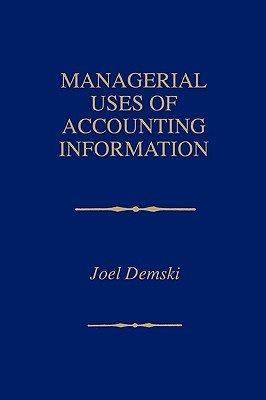eertain equivalents Ralph is contemplating a lottery. A fair coin will be tossed. If the coin shows
Question:
eertain equivalents Ralph is contemplating a lottery. A fair coin will be tossed. If the coin shows
"heads," Ralph will be paid 100 dollars. Ifthe coin shows "tails," Ralph will be paid nothing. So the expected value of this lottery is .5(100) + .5(0) = 50.
To think about Ralph's risk aversion, we will compare the certain equivalent for this lottery with its expected value. (Alternatively, the risk premium is the expected value less the certain equivalent.) Suppose Ralph's utility function for wealth is given by the function U(W), for wealth level w. Exc1usive of this lottery, Ralph's current wealth is w C!: O. So, recognizing initial wealth w, think of the certain equivalent for the lottery itself as that value CE for which U(w+CE) = .5U(w+ 100) + .5U(w+O).
Notice the lottery is combined with the initial wealth of w. Overall, this is equivalent to a wealth of w + CE. Adding the lottery, then, is equivalent to increasing the wealth by the amount CE.
a] Suppose U(W) is the square root of w. Let the initial wealth be w = O.
Determine and interpret CE. In particular, why is CE < 50? Also, why is CE > O?
b] Use the same root utility. Determine CE forwE{0,5,1O,25,50,loo,500,1000}.
Also constmet a graph of CE as a funetion of w. Interpret your finding.
e] Let U(w) = -exp(-rW), withr= .01. Repeattheeonstmetionin [b] above. (Hint:
under w = 0 you should find CE = 37.99.) Interpret your finding.
d] Let U(W) = -exp(-rW). Determine CE forrE{.0005, .001, .01, .06, .1, I}. Graph'
CE as a funetion of r. How do you interpret this finding? What happened to w in your constmetion?
AppendixLO1
Step by Step Answer:





